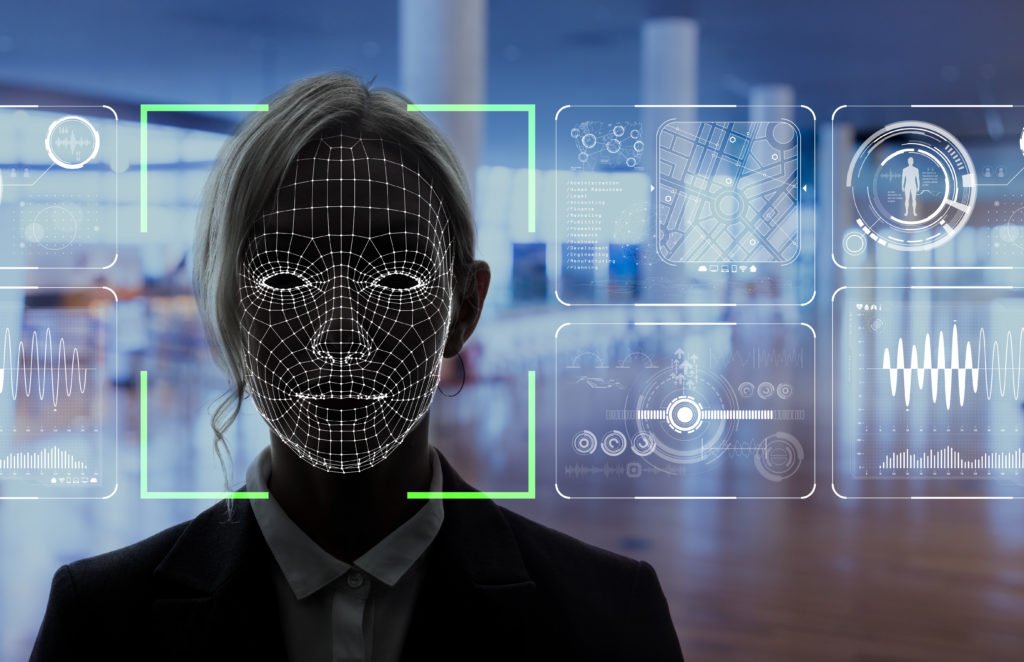
One of the world’s most sophisticated surveillance technology is in development in China. Read to know how this technology is targetting suspicious people in a Chinese province.
Chinese province is tracking suspicious people

Security officials from Henan, a Chinese province authorized a new surveillance system for tracking ‘suspicious people’. An almost 200-page tender document on the provincial government’s website highlights the plans of a system comprising individual reports on people of interest. This is made possible using 3,000 facial recognition cameras, connected to various international and national databases. According to a report, they are tracking international students, journalists, and various other “suspicious people”. Other targets include “women from neighboring countries that are illegal residents”.
Neusoft, A Chinese tech company won the $782,000 contract for setting up the system. According to a Reuters report, Neusoft, tasked with creating the complete system within two months of acknowledging the contract. The report also cites several documents published on Henan’s procurement website. IPVM, a US-based surveillance research firm was closely tracking the network expansion. IPVM was also the first to identify the Henan document. Their investigation also unearthed a tender specifying journalists as “surveillance targets”. Additionally, it also showed a blueprint for quickly locating journalists and hampering their work.
More about the surveillance technology system

“Suspicious persons must be tailed and controlled, dynamic research analyses and risk assessments made, and the journalists dealt with according to their category,” states the tender. Additionally, it also states that they must build cameras that make creating accurate files for people with faces covered by glasses or mask easy. The system also plans to make searching as easy as uploading an image on the database.
However, the Henan Public Security department’s document does not provide reasons for tracking international students and journalists. “While the PRC has a documented history of detaining and punishing journalists for doing their jobs, this document illustrates the first known instance of the PRC building custom security technology to streamline state suppression of journalists,” said Donald Maye. Maye is IPVM’s Head of Operations.






